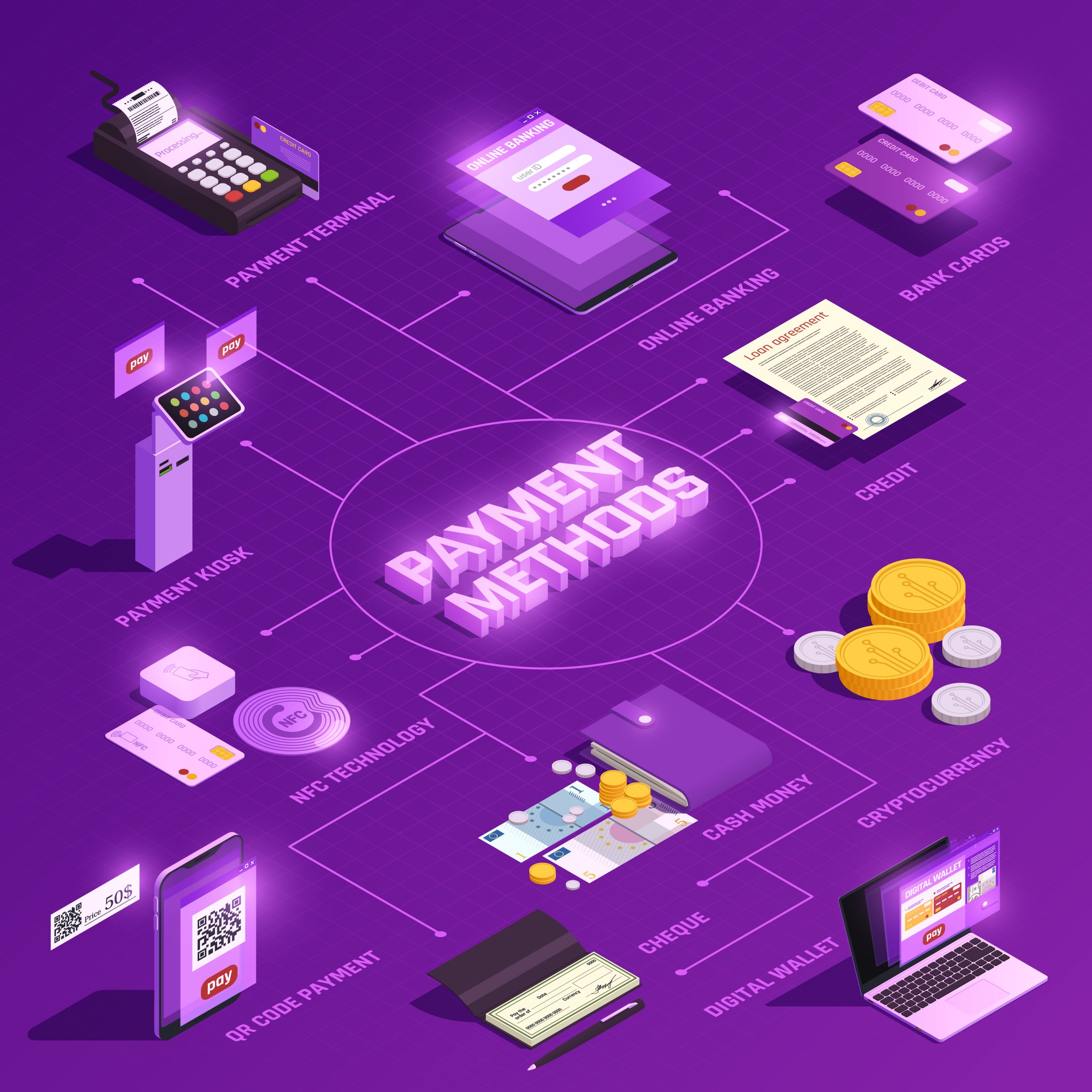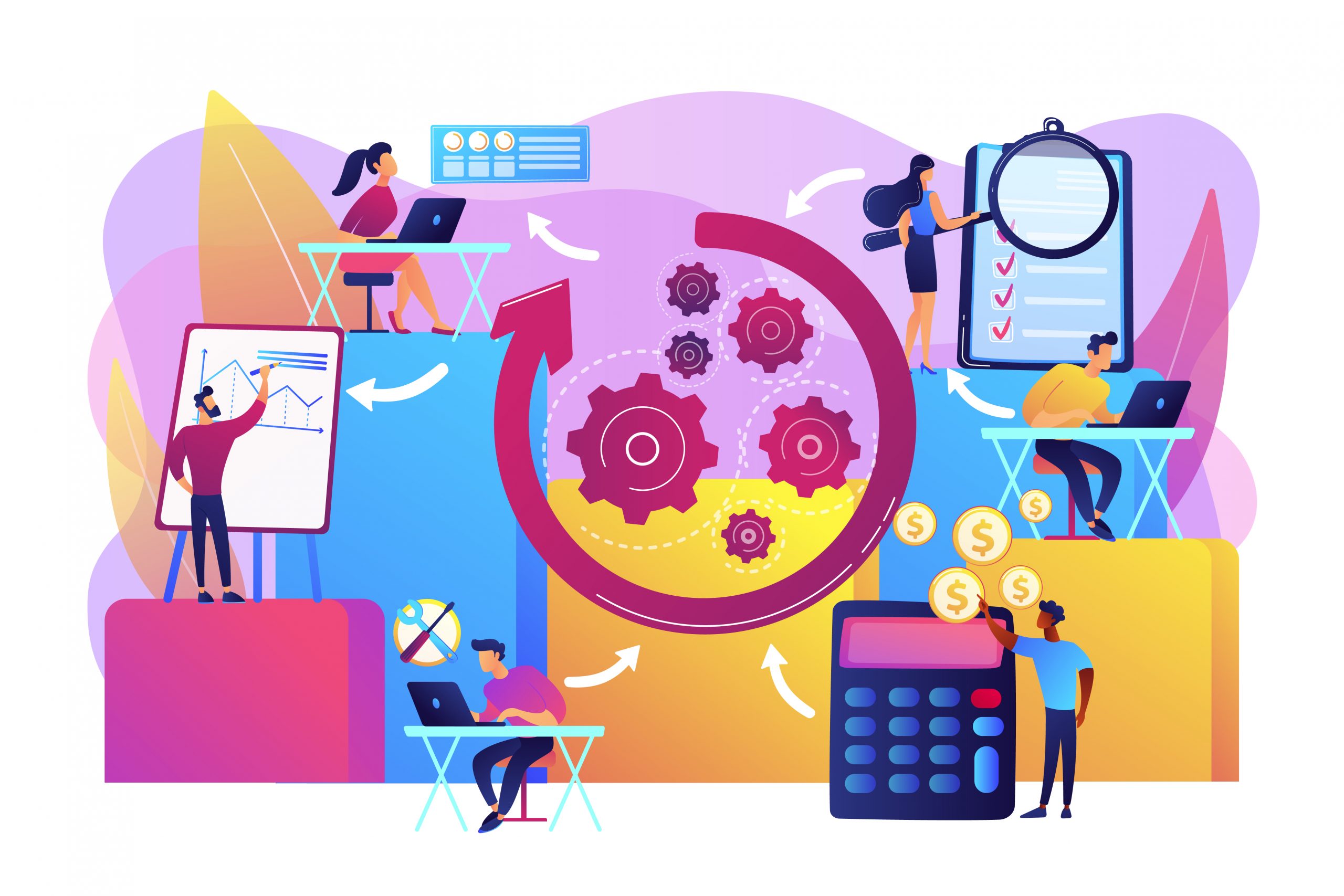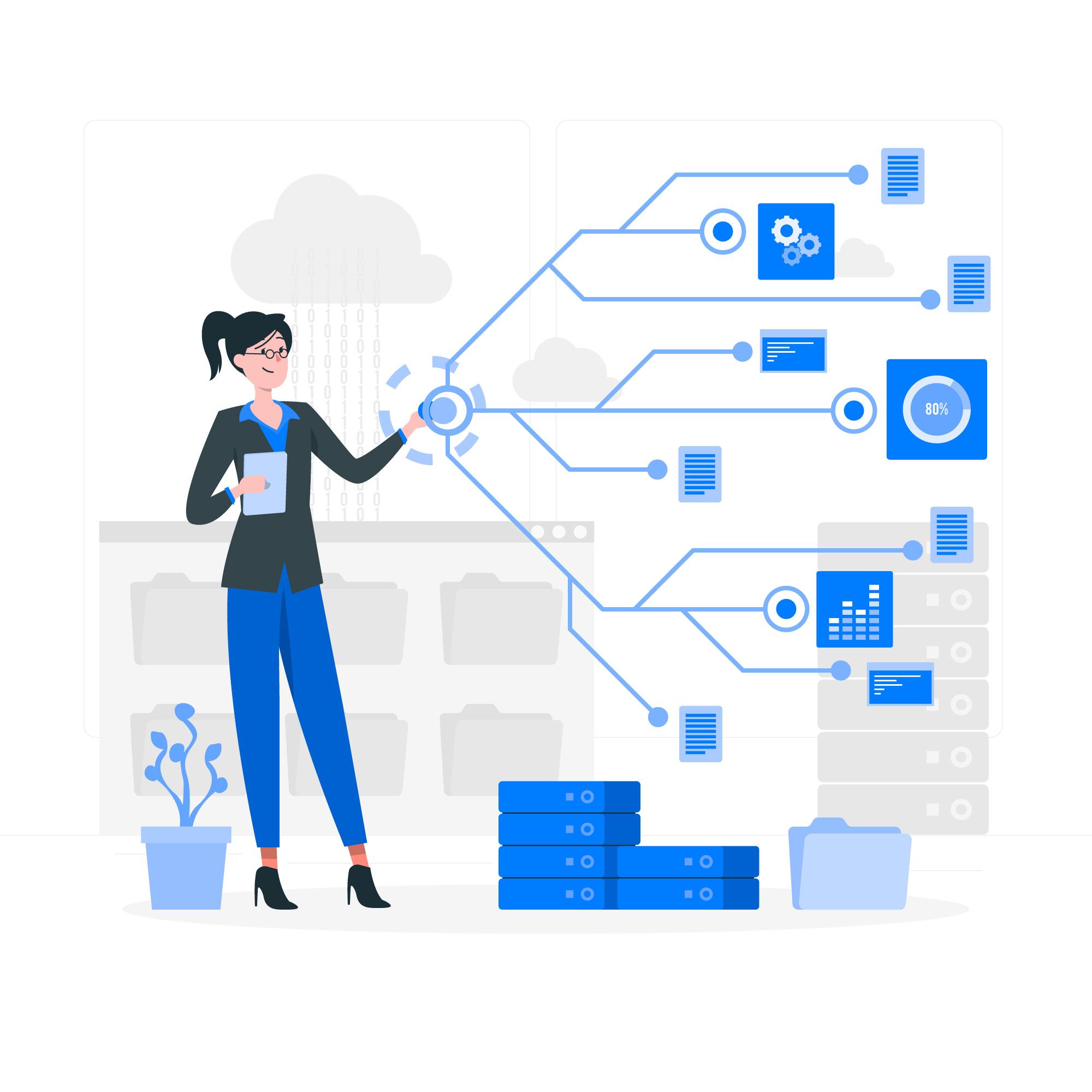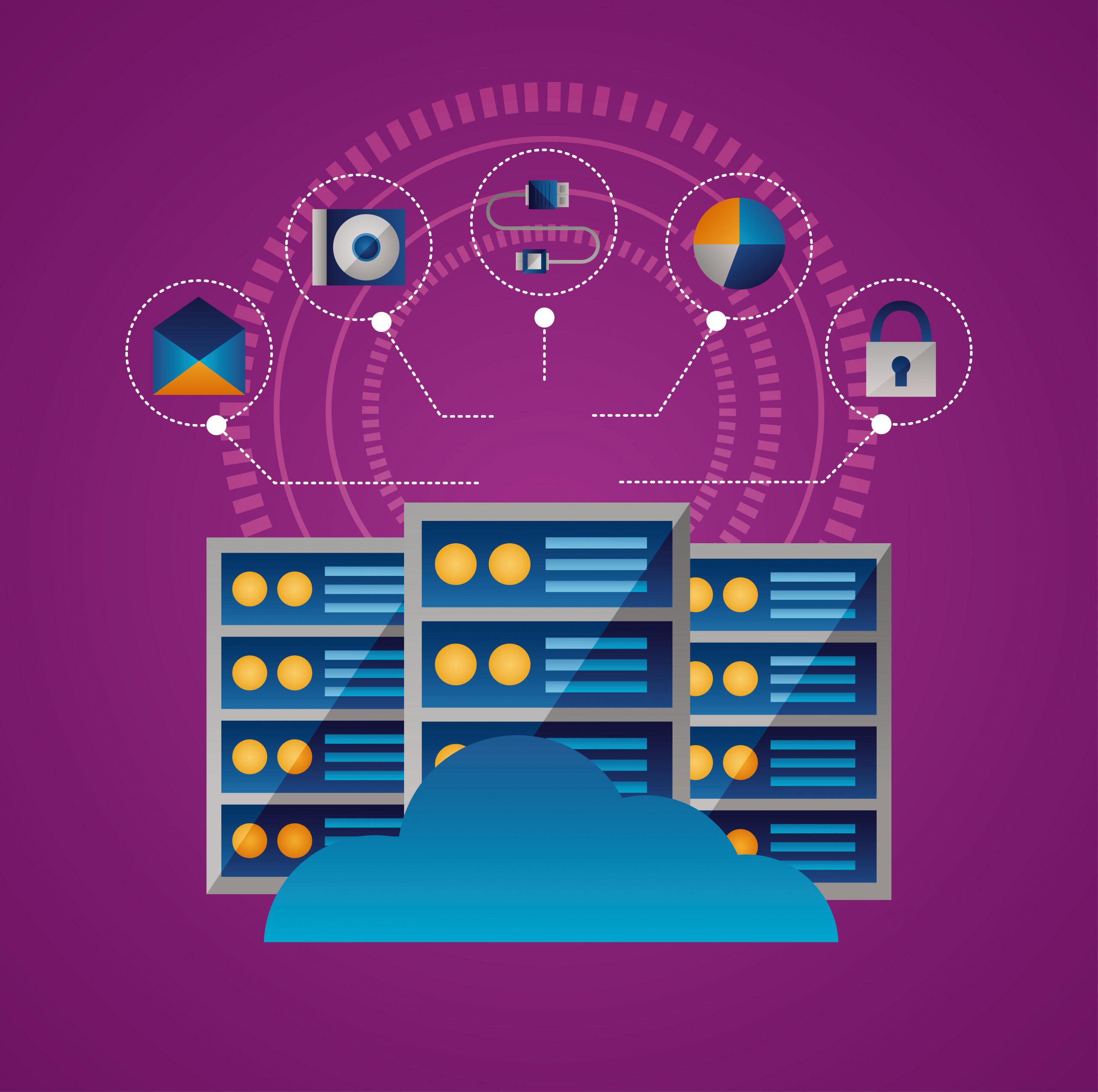Cloud integration has become a cornerstone for digital transformation across industries. As organizations increasingly adopt multi-cloud and hybrid cloud strategies, the need for seamless cloud integration has grown exponentially. The future of cloud integration is shaped by the convergence of various technologies, innovative approaches, and evolving business requirements. This blog explores the key trends, challenges, and emerging technologies driving the future of cloud integration.
Introduction to Cloud Integration
Cloud integration involves connecting different cloud environments, applications, and data sources to enable efficient data exchange and workflows. It allows organizations to operate with agility, scalability, and flexibility while ensuring consistent performance across cloud platforms. Traditional integration approaches are becoming obsolete due to the rapidly changing technological field, making way for new, sophisticated methods.
Key Trends Shaping the Future of Cloud Integration
1. Multi-Cloud and Hybrid Cloud Strategies
Organizations are increasingly adopting multi-cloud and hybrid cloud strategies to avoid vendor lock-in, leverage best-in-class services, and achieve high availability and resilience. These strategies demand robust cloud integration solutions that can connect diverse cloud environments, such as AWS, Azure, Google Cloud, and on-premises systems, in a unified manner.
Challenges: Ensuring data consistency, security, and compliance across multiple environments.
Solutions: Advanced cloud integration platforms offer support for hybrid and multi-cloud setups, providing features like API management, data virtualization, and distributed ledger technology for maintaining data integrity.
2. API-First and Microservices Architecture
The API-first approach and microservices architecture are becoming the standard for developing modern cloud-native applications. APIs facilitate communication between various cloud services, while microservices offer a modular approach to building applications. Together, they enhance scalability, flexibility, and integration capabilities.
- Challenges: Managing and securing APIs across different environments, ensuring compatibility, and maintaining performance.
- Solutions: API gateways, microservices orchestration tools, and API lifecycle management platforms help streamline cloud integration by providing centralized control, security, and monitoring capabilities.
3. AI and Machine Learning-Powered Integrations
Artificial Intelligence (AI) and Machine Learning (ML) are revolutionizing cloud integration by enabling intelligent decision-making, automated data mapping, and enhanced error detection and resolution. AI/ML algorithms can analyze integration patterns, predict potential issues, and optimize data flows for better performance.
- Challenges: Implementing AI-driven solutions requires expertise, and there is a need to ensure data privacy and compliance.
- Solutions: Leveraging AI/ML-powered integration platforms, such as iPaaS (Integration Platform as a Service), can automate routine integration tasks, optimize data flows, and provide real-time insights.
4. Edge Computing and IoT Integration
The rise of edge computing and the proliferation of Internet of Things (IoT) devices demand a new approach to cloud integration. Integrating data from edge devices and IoT networks with centralized cloud platforms poses unique challenges in terms of data volume, latency, and security.
- Challenges: Managing data synchronization between edge devices and cloud environments, ensuring low-latency data processing, and securing data in transit.
- Solutions: Edge integration platforms, data streaming solutions, and fog computing architectures help manage data integration at the edge, reducing latency and bandwidth consumption.
5. Low-Code/No-Code Integration Platforms
The need for faster development cycles and agility is driving the adoption of low-code/no-code integration platforms. These platforms enable non-technical users to build and deploy integrations quickly, reducing the dependency on IT teams and speeding up time-to-market.
- Challenges: Ensuring that low-code/no-code integrations meet enterprise-grade security, compliance, and scalability standards.
- Solutions: Enterprise-grade low-code/no-code integration platforms provide built-in governance, monitoring, and security features to manage integrations effectively.
Emerging Technologies in Cloud Integration
1. Integration Platform as a Service (iPaaS)
iPaaS has become a game-changer in cloud integration by providing a unified platform for connecting different cloud and on-premises systems. It offers pre-built connectors, data transformation tools, and API management capabilities, allowing organizations to accelerate integration projects.
Future Developments: iPaaS platforms are evolving to support event-driven architectures, real-time analytics, and AI-powered automation, enabling businesses to build more intelligent and responsive integrations.
2. Serverless Computing
Serverless computing allows organizations to build and deploy applications without worrying about infrastructure management. This model offers a pay-as-you-go pricing structure, scalability, and reduced operational overhead. In the context of cloud integration, serverless functions can be used to automate integration workflows, trigger data processing tasks, and handle event-driven architectures.
Future Developments: The integration of serverless computing with iPaaS and API management platforms will enable more dynamic and cost-effective integration solutions.
3. Event-Driven Architectures (EDA)
Event-driven architectures are gaining momentum in cloud integration due to their ability to handle real-time data processing and decision-making. EDAs enable applications to respond to events as they occur, providing a more responsive and scalable approach to integration.
Future Developments: The convergence of EDA with AI/ML will lead to more intelligent and autonomous cloud integration solutions capable of handling complex workflows and data flows in real-time.
4. Blockchain for Secure Integrations
Blockchain technology is emerging as a potential solution for enhancing security and transparency in cloud integrations. By leveraging distributed ledger technology, blockchain can ensure data integrity, immutability, and secure data sharing between different cloud environments.
Future Developments: Integration platforms that incorporate blockchain technology will provide enhanced security features, especially for use cases involving sensitive data and multi-party collaborations.
5. Quantum Computing and Cloud Integration
Quantum computing is still in its infancy, but its potential impact on cloud integration cannot be ignored. Quantum computing promises to solve complex optimization problems that are currently beyond the capabilities of classical computing. In the context of cloud integration, quantum algorithms could optimize data routing, encryption, and synchronization tasks.
Future Developments: As quantum computing matures, it could be integrated with cloud platforms to offer next-generation integration capabilities, especially for organizations dealing with massive datasets and high-complexity computations.
Challenges and Solutions in the Future of Cloud Integration
1. Data Security and Compliance
As data moves across multiple cloud environments, ensuring its security and compliance with regulations like GDPR, CCPA, and HIPAA becomes critical. Data breaches, unauthorized access, and data leaks are major concerns in cloud integration.
Solutions: Advanced encryption techniques, data masking, tokenization, and zero-trust security models are essential for securing data during integration. Integration platforms need to provide robust access controls, monitoring, and auditing capabilities to ensure compliance.
2. Scalability and Performance
With the increasing volume and velocity of data, integration solutions must be scalable to handle large datasets and ensure optimal performance. Traditional integration approaches may not be able to keep up with the demands of modern cloud environments.
- Solutions: Event-driven architectures, serverless computing, and microservices-based integration approaches offer scalability and performance benefits. Leveraging edge computing and distributed data processing can also help manage data closer to its source, reducing latency.
3. Complexity of Integration Management
Managing integrations across multiple cloud environments, APIs, microservices, and on-premises systems can become highly complex. Integration failures, data synchronization issues, and performance bottlenecks are common challenges.
Solutions: Centralized integration management platforms, AI-driven monitoring, and automated error resolution tools can help manage the complexity of cloud integrations. Implementing best practices such as version control, continuous integration/continuous deployment (CI/CD), and DevOps for integration can also enhance management efficiency.
4. Interoperability and Compatibility
Different cloud platforms and applications have varying protocols, standards, and data formats, making interoperability a significant challenge in cloud integration. Ensuring compatibility between different systems requires careful planning and execution.
Solutions: Open standards, universal data formats, and API standardization are crucial for achieving interoperability. Integration platforms that support a wide range of connectors, adapters, and data transformation tools can simplify compatibility challenges.
5. Monitoring and Observability
As cloud integrations become more complex, monitoring and observability are crucial for identifying and resolving issues in real-time. Lack of visibility can lead to delayed response times, data inconsistencies, and prolonged downtime.
Solutions: Advanced monitoring tools, AI-powered observability platforms, and real-time analytics can provide deep insights into integration performance, enabling proactive issue resolution. Integration platforms that offer comprehensive monitoring dashboards and alerting mechanisms are becoming increasingly important.
The Role of STREAMS Solutions in Cloud Integration
STREAMS Solutions is at the forefront of delivering cutting-edge cloud integration services and solutions. By leveraging advanced technologies like AI, ML, API management, and serverless computing, STREAMS Solutions helps organizations build scalable, secure, and efficient cloud integrations. With a focus on innovation and customer-centricity, STREAMS Solutions ensures that clients are well-equipped to navigate the complexities of modern cloud environments.
Conclusion
The future of cloud integration is promising, with continuous advancements in technology driving innovation. Organizations need to adopt a proactive approach to leverage emerging trends, address challenges, and capitalize on new opportunities. By embracing multi-cloud strategies, AI/ML-driven integrations, edge computing, and other cutting-edge technologies, businesses can achieve seamless, secure, and scalable cloud integration.
As the cloud space continues to evolve, the need for robust, intelligent, and future-proof cloud integration solutions will only grow. STREAMS Solutions is committed to guiding organizations on their cloud integration journey, ensuring they stay ahead of the curve and achieve their digital transformation goals.





